Origins
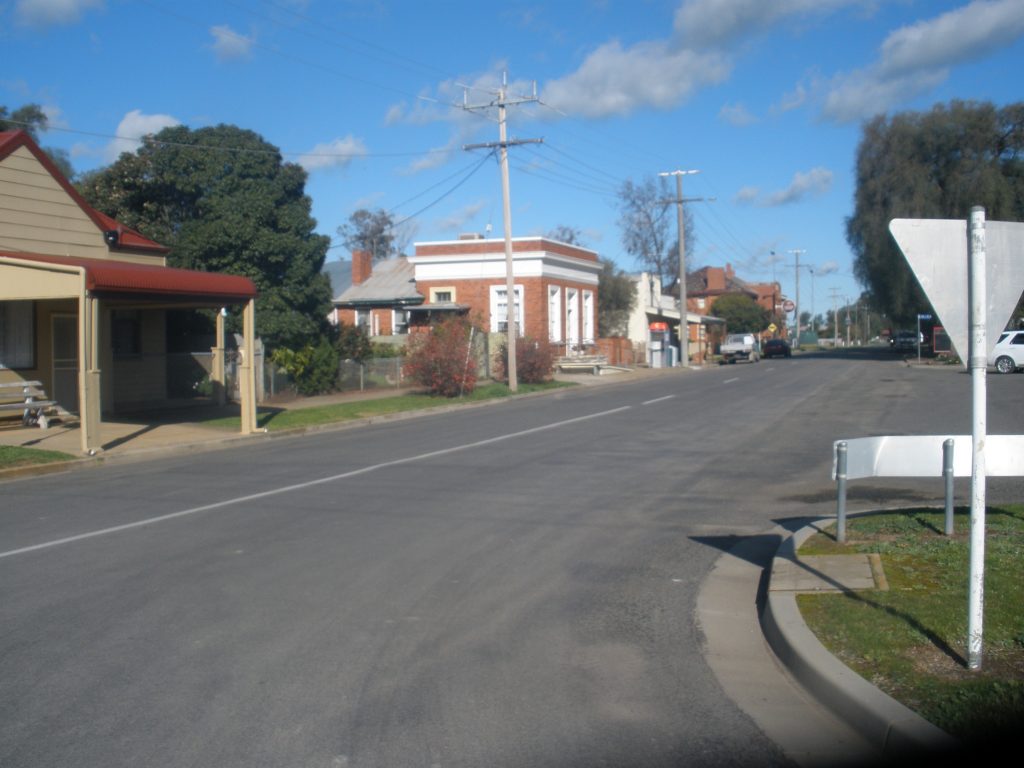
The town of St James came into being as a result of selectors taking up land in the district.
First Settlers…Gabriel and Ann Church. 1872 Section3 Parish of St James, County of Moira. That property still remains in the Church family.
The name “St James” is believed to have originated from the date of arrival of Mr. C Rutherford at the site of the “run” homestead- St James Day (May 1) 1860. The area was originally known as the St James Run.
Rail Link from Benalla to St James – Contract let on 28th April 1882 completed on 3rd September 1883 at a cost of £27,486/5/3 Serviced by the old “R” Class Locomotive. The line was extended to Yarrawonga 6/5/1886 and to Oaklands, NSW 24/10/1928. These days we are serviced daily by coach, which links to Vicrail at Benalla.
Telephone was connected in 1910-11 Water in 1909.Electricity 14/02/1940 The School closed in 1993, the Post Office in 2010 and the Tennis Club in 2012. Town water was fluoridated in 2008.
St James had three banks, five churches, five hotels, two stores, one blacksmith and one auctioneer. We also had tennis, cricket, croquet, football, CWA, basketball, coursing, horse racing, youth club, Young Farmers, CFA Demo team, health centre, RSL, State School and a police station.
Kelly’s shearing shed circa 1919 to the 1960’s was for many years a hive of activity with shearing, crutching and dipping for the district.
G J Coles
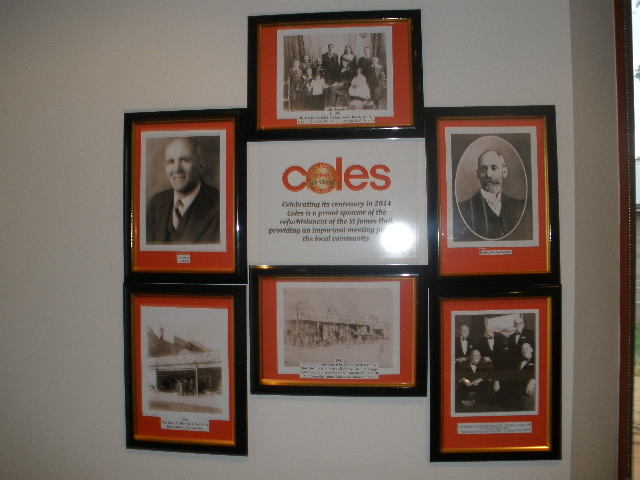
George Coles senior was married in 1882 and when their first son was born in 1885, following tradition, he was named George James.In 1892, George Coles Snr bought the North Eastern Stores in St James and Lake Rowan. The family first lived in Lake Rowan and then after building a 10 roomed house moved to St James in 1895. George James or GJ as he is commonly known and his siblings attended school in St James. In 1900 tragedy struck when Mrs Elizabeth Coles died of pneumonia and George was left with ten children to look after. It was a great blow. In 1902 he sold the St James and Lake Rowan stores and moved to Geelong where he married again. He returned to St James in 1905 once again purchasing the St James and the Lake Rowan North Eastern Stores. After leaving St James GJ helped in the store but his father’s conservative way of running a business did not sit well, so in 1908 he took a job with Crooks National Stores in Prahran for 30/- a week. He also studied a bookkeeping course. With his father’s failing health GJ returned to St James, and purchased the shop from his father in 1910 for £4,500 on terms, to be repaid at 6% interest over 3 ½ years. He started off with a capital of £25, but by drastically reducing the stock by £1,000 he made 5% profit on sales. By 1913 he had made a profit of £2,000. He sold the shop and travelled the world studying the best kind of business to run.
On return to Australia in January of 1914, he and brother Jim bought an insolvent business at 288 Smith St Collingwood. The first World War intervened and the brothers went to war. Arthur, Jim, David and George. Arthur and George were wounded, but sadly Jim and Dave were killed.On return to Australia GJ and AW Coles opened another store at 172 Smith St. Collingwood and so the story continued. Coles as we know it to-day is one of Australia’s biggest employers, with stores all over the country. During the Depression GJ employed many of the young friends he had made in St James knowing they were hard workers. It helped many families doing it hard by sending money home.
The history of the Coles Family in St James has continued over the years. GJ never forgot where he had come from, and visited old friends regularly. His generosity and that of the Company, to our town is legendary, with donations to the Recreation Reserve, the Bowling Club, the Golf Club, the St James Hall restoration and a donation to the St James Silo Art.
GJ’s last visit to St James was in 1977 for the St James Back-To. He died later on that year.
St James Identities
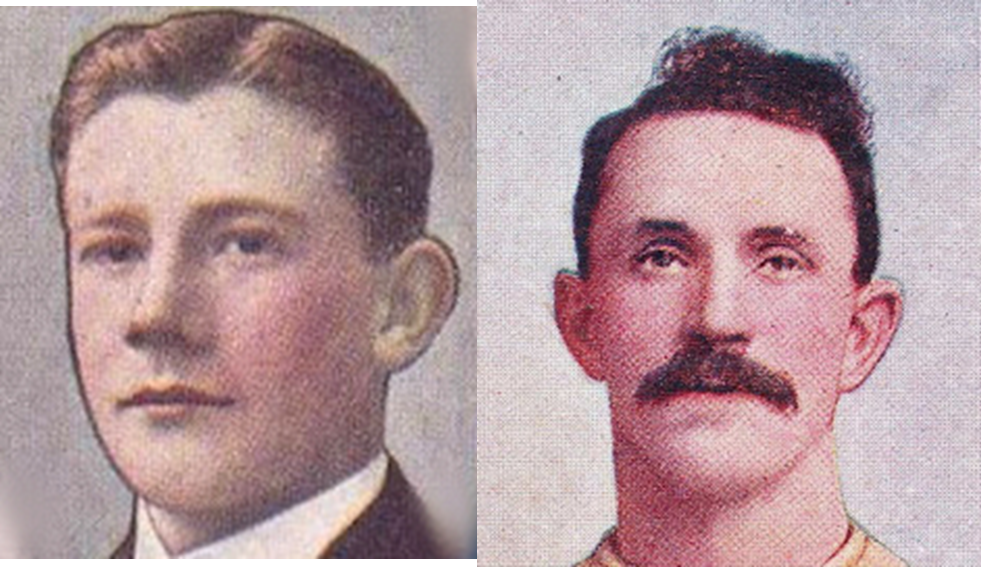
St James Football Club had many successes and among those footballers were two St James boys who both helped coach St James and became Carlton Captains….Jim Flynn – Played first with Geelong 1897 to 1902 then with Carlton 1903 to 1908 & 1910….Captain of Carlton 1905 – 1907 & 1910 taking them to Premiership 1906 to 1908….Gordon Green – played with Carlton 1911 to 1921, Captain 1921.
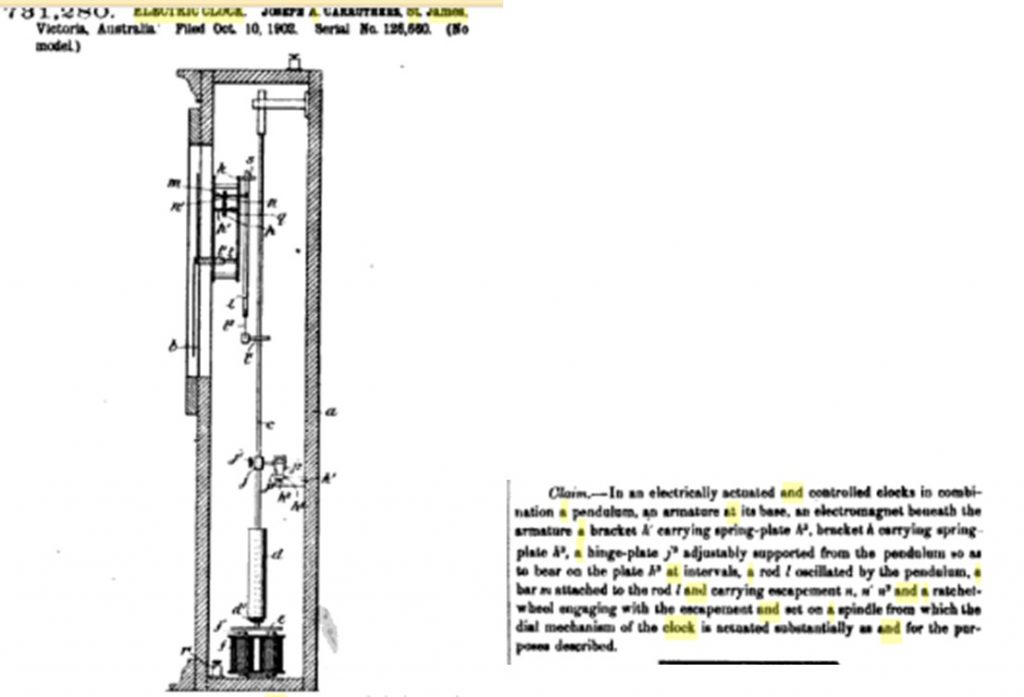
Joseph A Carruthers. It was reported in the Moira Independent in August 1902, that an electric clock, recently invented by Joseph had created considerable interest. At the time clocks had to be wound continually, and would only operate for a short time. But Joseph Carruthers had invented an electric clock, that at the time had operated for almost a year, so he applied for a patent. Victorian Patent Nos.19655 and 19656 were granted on August 27th 1902 followed by a patent in London on 2nd October in the same year. It was sold all over the world and a prototype of the electrical clock remains in the family today
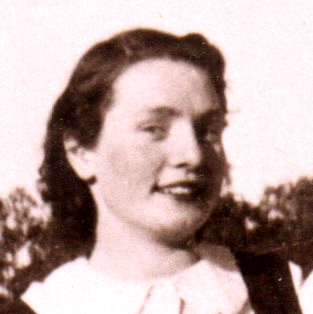
Valerie Kennedy (nee Church) was an avid photographer who recorded the history of St James. We are eternally grateful for her forethought. A lot of the photos depicted were hers.
Wheat
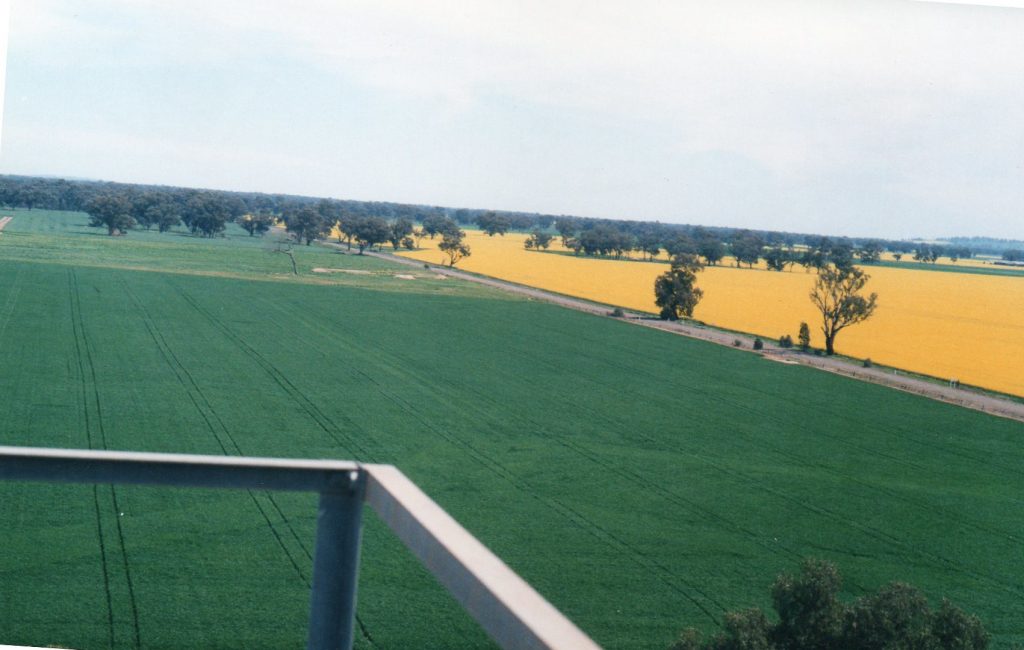
Wheat was the main crop, with oats to feed the horses. The ground was worked by horse driven plough, followed by harrows. The seed was then cast by hand. On maturity the crop was cut, and stooked to ripen. A steam driven winnower machine travelled from farm to farm to thresh the wheat, which was then bagged and carted to the railway siding in St James. The wheat bags were then stacked, awaiting the train to come and cart it to the Port. The sophistication of modern machinery may have been lacking but evidence of earlier achievements are recorded in the deliveries to St James. In 1915-16 there was a record stack of wheat. 135,000 bags or 405,000 bushels, exceeded only once in 1962-63 421,439 bushels. Imagine the hard work.
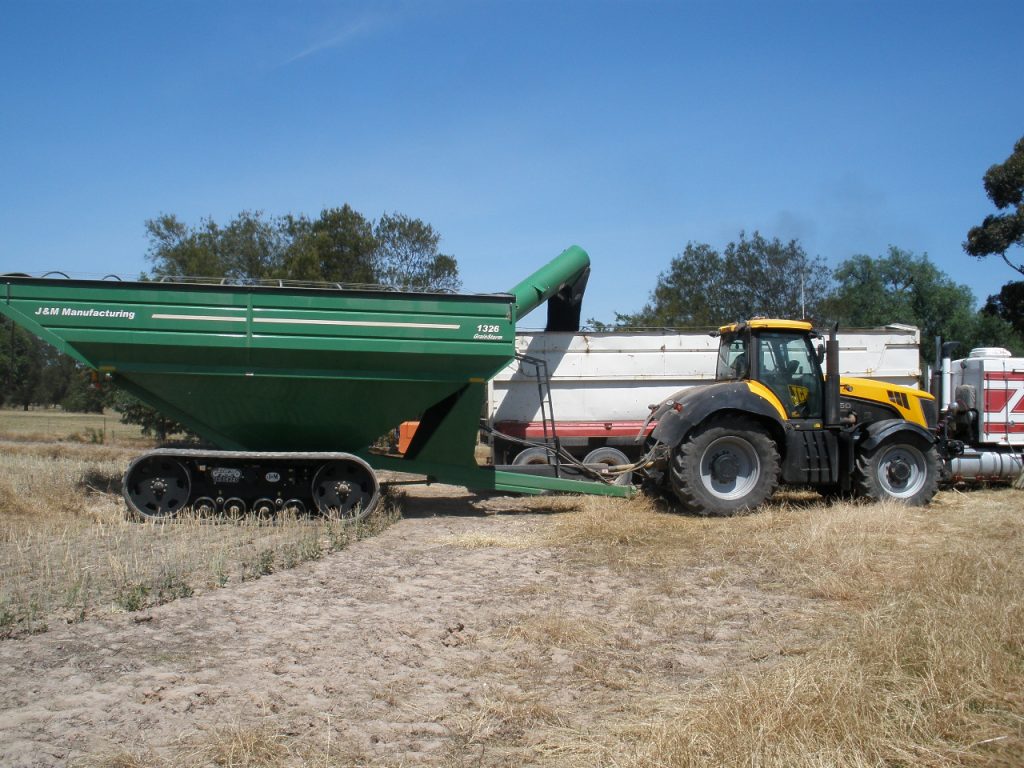
After much research the best variety of wheat for the Australian conditions was “Federation”. Varieties changed over the years as did the method of harvesting.
Silos
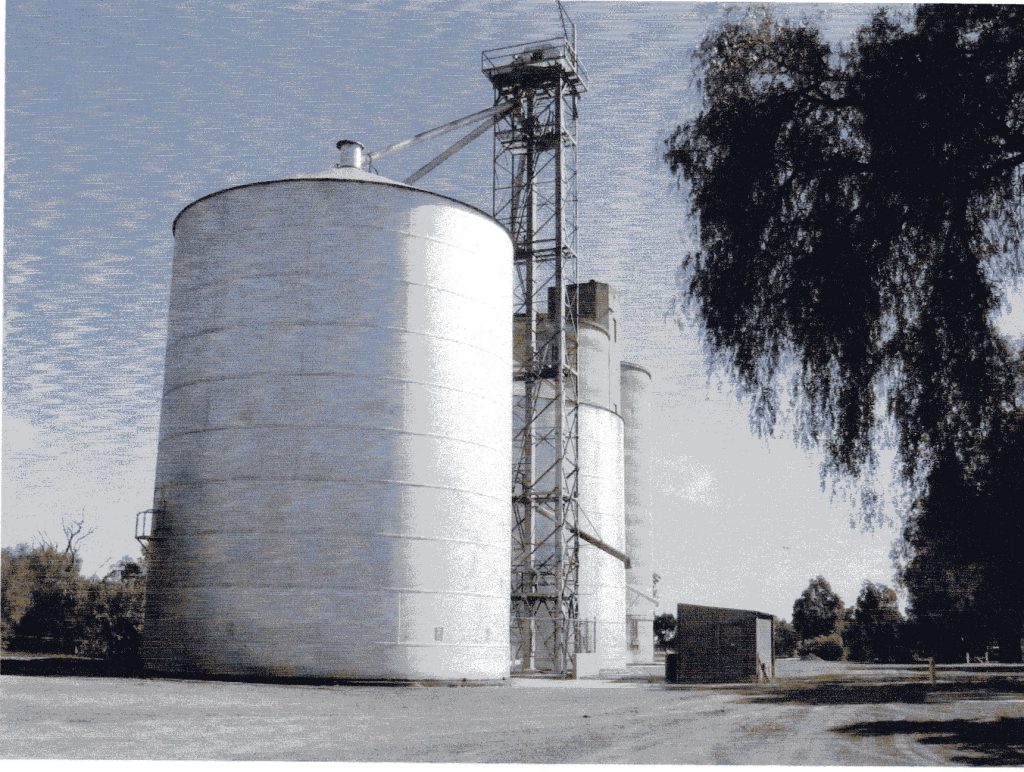
The Grain Elevators Board was constituted in 1934 but it took until 1943 for the St James silo to receive the first bulk load. Mr George Parker was the Officer-in-Charge from 1943-1972 followed by Mr John Leary. The first elevator at St James was a concrete Williamstown type silo with a capacity of 110,000 bushels (3000 tons). These silos were constructed by the Railway Construction Board.
Bulk handling was introduced in 1939-40, loading straight into railcars. Two extensions have been made to the installation since. In 1955 a steel annexe bin was erected by Electric Power Transmission Pty, Ltd., and in 1967 Ascom Pty, Ltd, constructed another steel bin and installed elevation equipment which integrated both bins to make a two bin silo of 15000 bushels (4,100 tons). The first load of wheat delivered to the newly erected silos was from a very good crop of “Baldmin” variety yielding 11 bags per acre. The grain was of high quality and the Holmes family of Lake Rowan delivered the first load, grown by George Berthun, to the St James siding on 8th December 1943. Bunkers on the outskirts of town have been opened up when the harvest has exceeded the capacity of the silos.The silos are owned and operated by GrainCorp
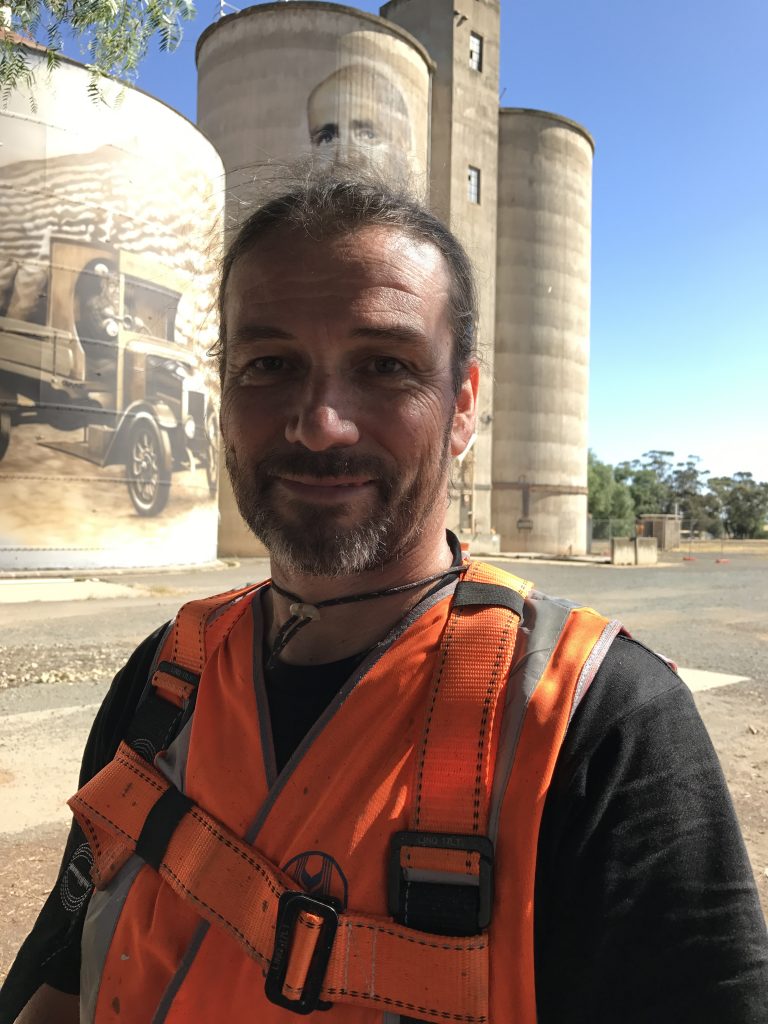
The artist Tim Bowtell, Samaria, Victoria. Tim first started off in graphic design and started painting in 2005 after a chance meeting with another local artist. He studied visual arts at TAFE and had a solo exhibition at the Benalla Art Gallery in 2011. He won numerous awards and was chosen to participate in the Wall-to-Wall Arts Festival 2016/17/18. He has painted murals for VicRoads, Winton Wetlands and Strathbogie Shire. The St James Silo Art Committee sought the services of Tim after seeing his work and although he had not done a large silo before we had complete faith that he could carry out the brief. He has far surpassed our expectations and we know that he will have a great future
The community of St James is appreciative to Graincorp for providing such a great canvas for our Silo Art. Without their support this project would never have happened. Over the years these silos have played a major role in our local economy and will now bring pleasure for the many visitors expected in the future. We also acknowledge the support of Moira Shire.
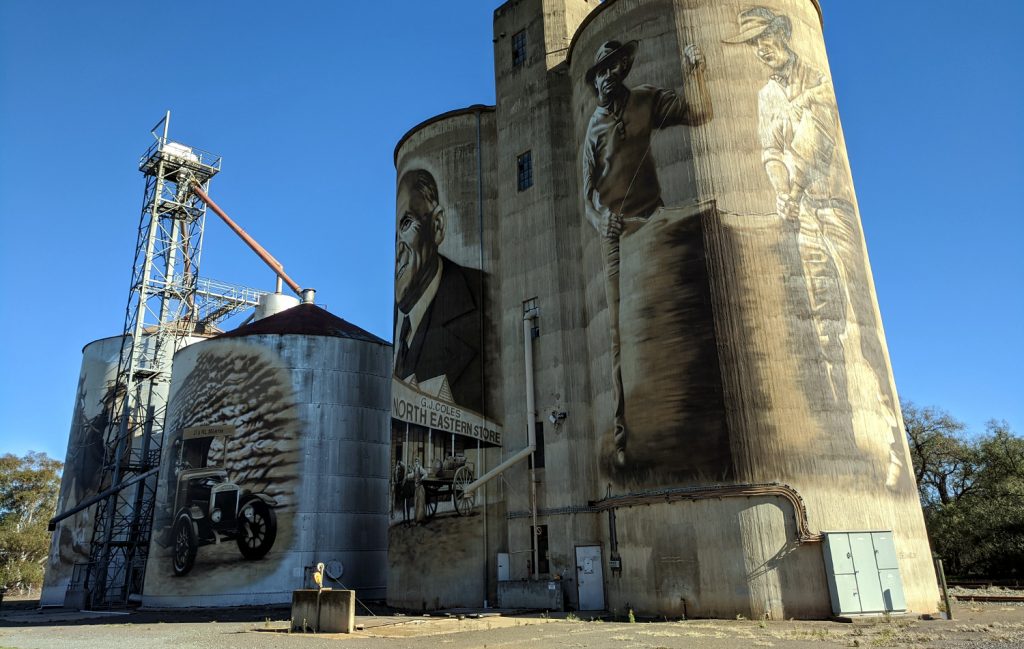
Sheep
The first fleet included sheep as part of their cargo, and in 1797 Merino sheep arrived in Australia with the first Australian produced fleece being sold in England in 1807 for 10 shillings 4 pence per pound. By the late 19th century wool had become the largest export from our shores. John and Elizabeth Macarthur are credited with keeping the Spanish Merinos as a pure breed, but over many years the breed was improved with new bloodlines being introduced to make the Australian Merino the best wool producing sheep in the world.

By the Second World War, production was increased as the demand grew, to make uniforms and blankets for our allies. In 1950 wool production made up 56% of the total value of all agricultural industry production.
The mass production of synthetic fibre effected demand for wool and by 1970-71 the percentage had dropped to 15% The reserve price was introduced but didn’t help much. Slowly the wool industry has rebuilt and although wool accounts for only 10% for our total Agricultural production, it accounts for more than 50% of the world’s merino wool.
By crossing the Merino with a Border-Leicester ram the first cross ewe became the mother of our prime lamb industry. That ewe in turn was crossed with primarily a Dorset ram to produce 1st class fat lambs. These days farmers have diversified with some sticking to the Merinos for wool, other to fat lamb production, but all find that grazing sheep beneficial for crop production.
Hall
Money was raised locally to build a Community Hall under the watchful eye of George Coles Senior. It was officially opened in 1910 coinciding with the purchase of the North-Eastern Stores by GJ Coles, George’s son.
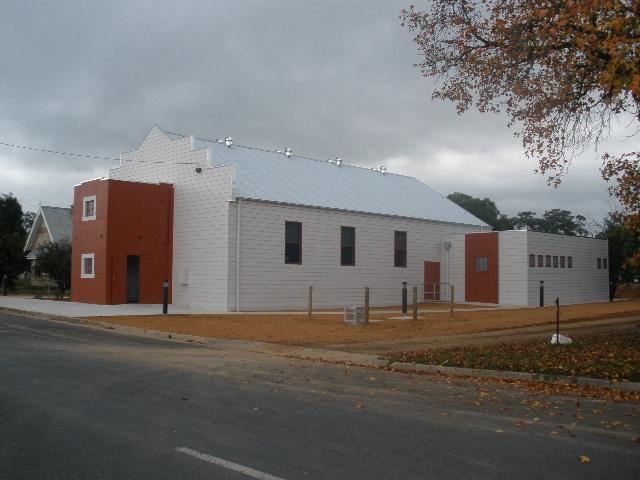
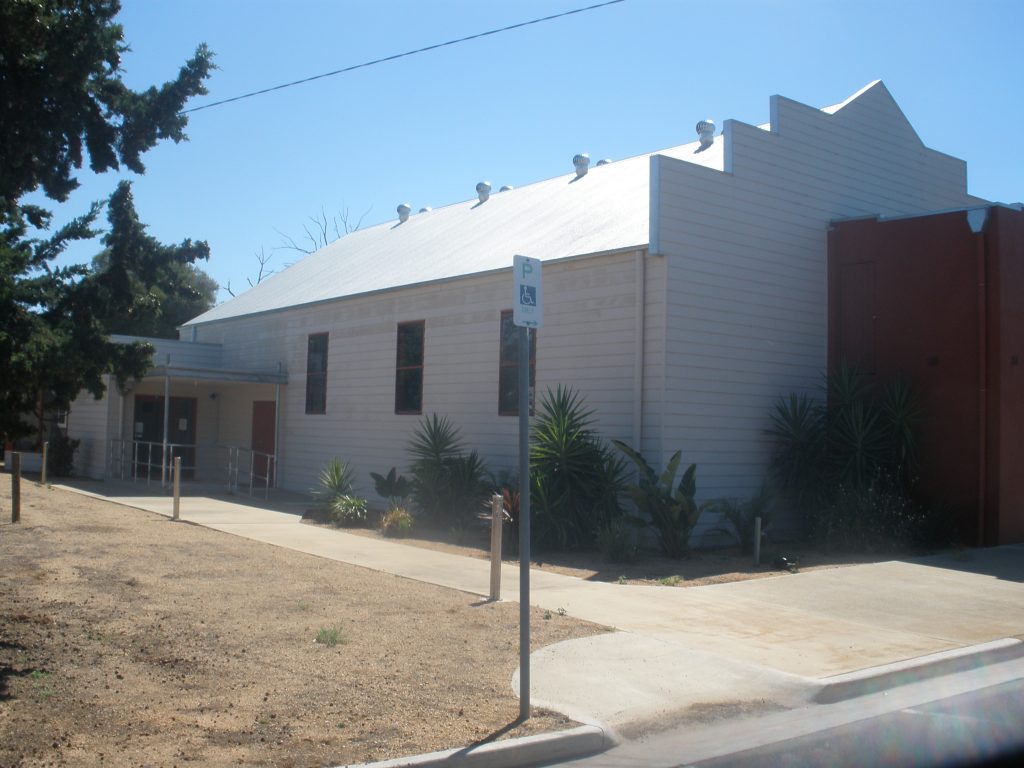
100 years on, the Coles Company celebrated both Centenaries with the St James locals, by donating $110,000 toward the renovation.

The Hall was renovated in 2014 and has great kitchen facilities, and a wonderful dance floor, all for Hire.
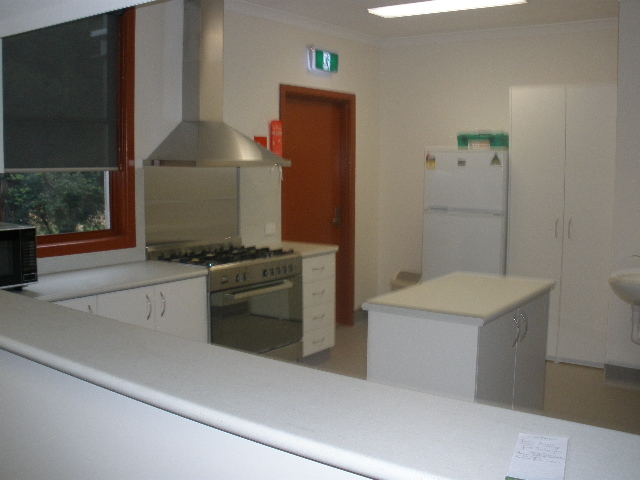
It also houses the towns historic archive and an extensive borrowing library for readers.
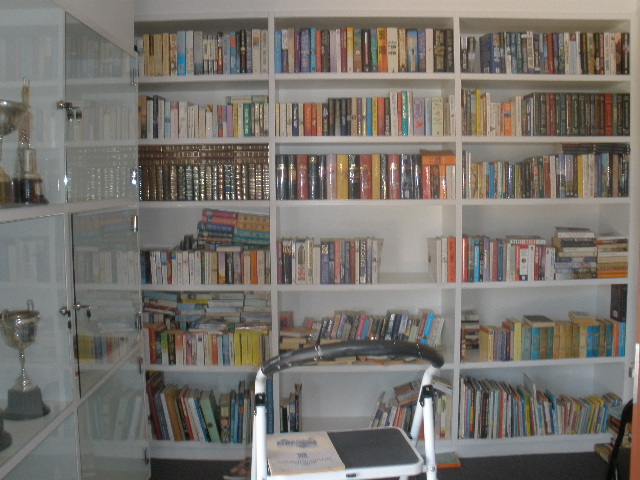
Old Water Tower
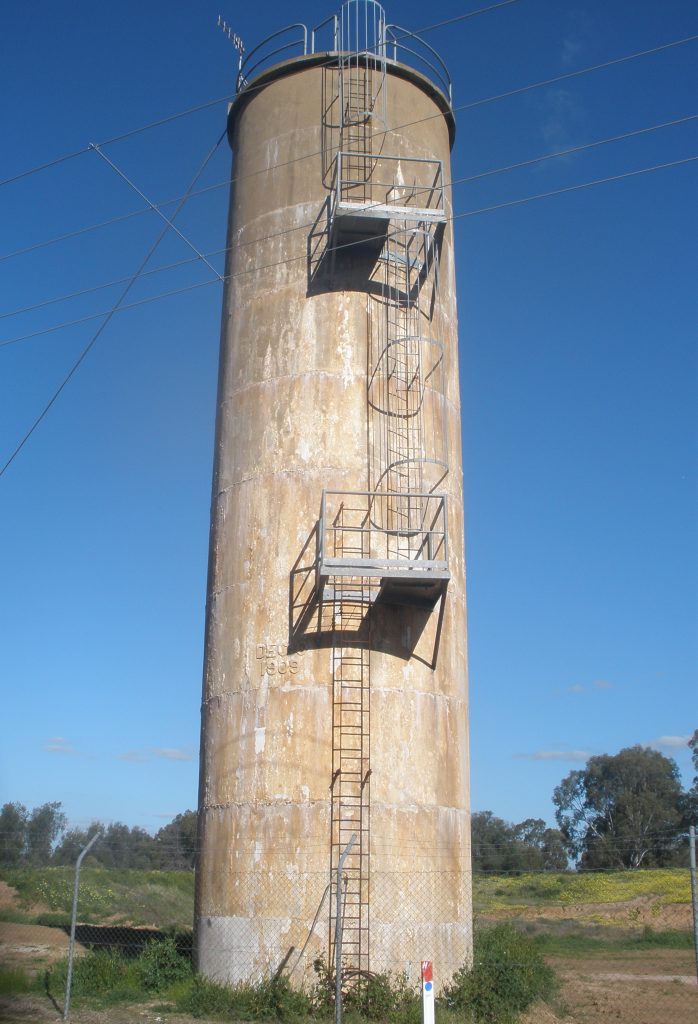
The original water tower in St James which is situated in St James Road is of unique character and considerable interest to visitors. The structure was started originally on the 6th December 1906, this date being part of the casting on the fourth level of ten separate castings which make up the total height of the tower. The tower is circular for added strength as it formally contained the water table high enough to provide pressure for local taps and water outlets. Since its construction, ground subsidence has allowed the building to cant over a few degrees from perpendicular, not sufficient to be dangerous but sufficient to remind passers by of the famous Tower of Pisa. Now decommissioned in favour of a steel tank, the tower is an interesting example of building methods and early twentieth century health and safety measures. If you happen to fall off the ladder going up or down, at least you cannot fall very far.
Coursing
The Coursing Club was known throughout Australia and competed from 1908 until 1964. It was a grand event followed by the Coursing Ball held in the old oat shed near the railway and was catered for in the St James Hall.